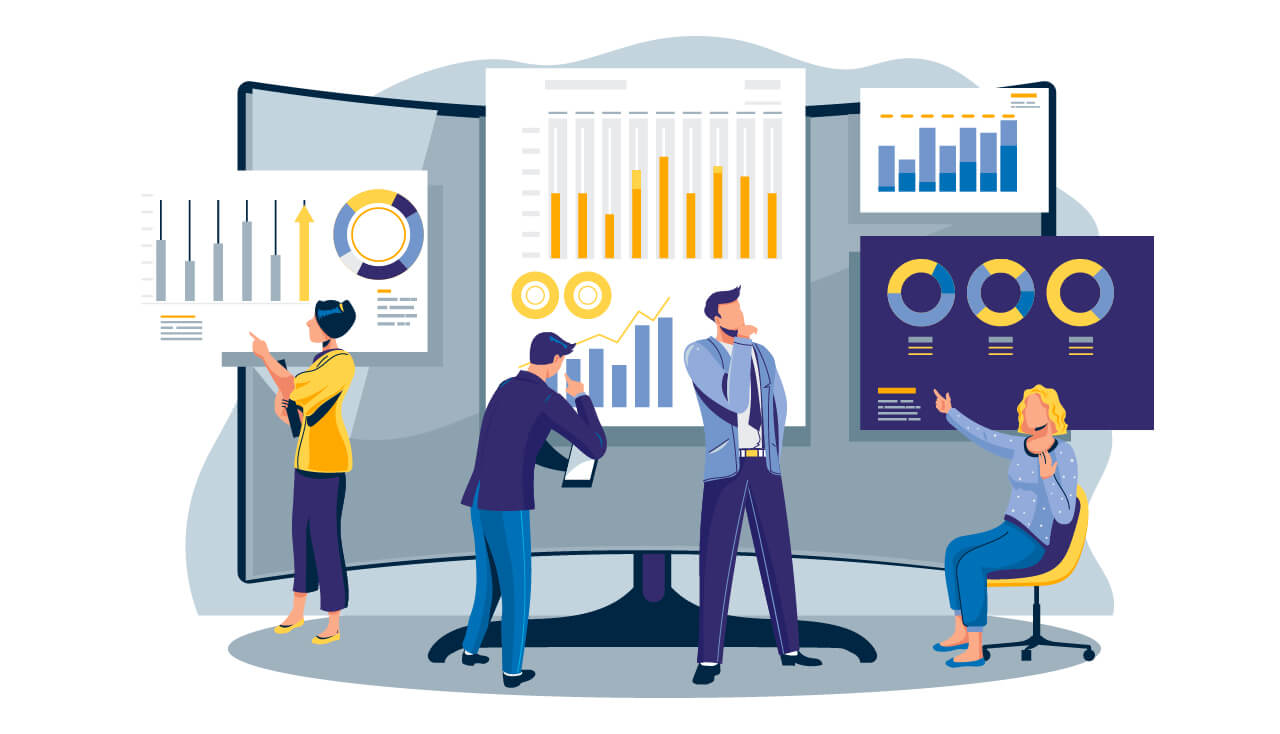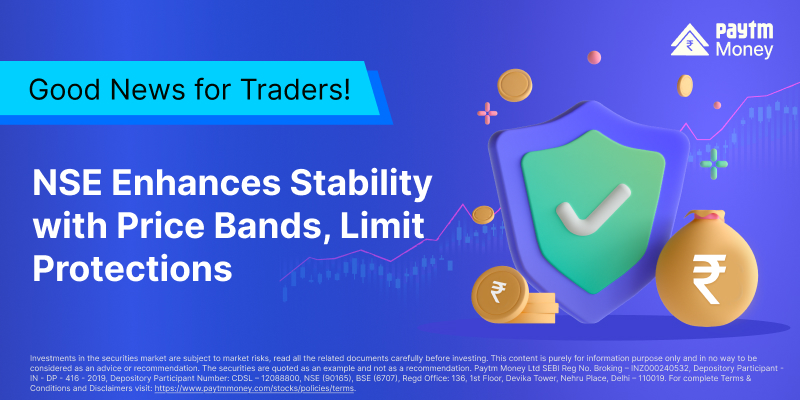Business Cycle and Investing4 min read
No matter what industry you are in, almost all businesses operate around business cycles. The business cycle is also known as the economic cycle, the “boom-bust” cycle or the trade cycle and it refers to the cycle of fluctuations in the GDP (Gross Domestic Product) around its long-term natural growth rate.
A business cycle is defined by 4 different phases which are Expansion, Peak, Contraction and Slump. These 4 phases repeat themselves in a continuous cycle over time and can be best compared to seasons changing over a year. Every business has different lengths of the business cycles which can range from 1 to 12 years. The business cycle is a helpful model to explain fluctuations in the business operations.
Phases of a Business Cycle
When you think of business cycles imagine you are looking at the tide: a natural never-ending ebb and flow from high to low tide. Similarly, the waves can suddenly seem to surge even when the tide’s going out or seem low when the tide’s coming in, there can bumps in the midst of particular phases.
All business cycles are positioned by a sustained period of economic growth, followed by a sustained period of economic decline. Throughout the life cycle, a business cycle goes through four identifiable stages, known as phases: expansion, peak, contraction and slump.
1. Expansion:
This phase is considered to be the normal stage or at least the most desirable when the state of the economy is up. During an expansion, businesses and companies are steadily growing their production and profits, unemployment remains low, and the stock market is performing well. Consumers are buying and investing, and with this increasing demand for goods and services, prices begin to increase too.
When the GDP growth rate is in the 2% to 3% range, inflation is at the 2% target, unemployment is between 3.5% and 4.5%, and the stock market is a bull market, then the economy is considered to be in a healthy period of expansion.
2. Peak:
Once these numbers start to increase outside of their traditional ranges, though, then the economy is considered to be growing out of control. Companies may be expanding without thinking of the risks. Investors are overconfident, buying up assets and significantly increasing their prices, which are not supported by their underlying value.
Everything starts to cost too much. The peak marks the climax of all this feverish activity. It occurs when the expansion has reached an end and indicates that production and prices have reached their limit. With no room for growth, there’s no way to go but down and this is the turning point where contraction is about to happen.
3. Contraction:
A contraction extends the length of time from the peak to the slump. It’s the period when economic activity is moving downwards. During a contraction, unemployment numbers usually go up, stocks enter a bear market, and the GDP growth is usually below 2%, indicating that businesses have cut back their activities. When the GDP has gone down for 2 consecutive quarters, the economy is often considered to be in a recession.
4. Slump:
If the peak is the cycle’s high point, then the Slump is its lowest point. It usually happens when the recession, or contraction phase, bottoms out and starts to rebound into an expansion phase and the business cycle starts all over again. The rebound is not always quick to occur, nor is it a straight line, along the way towards full economic recovery.
Understanding the business cycle is key for investors. As if you know which assets (especially stocks) are performing well in the business cycle, this can help an investor avoid certain risks and even grow the value of their portfolio in any phase.
How can you explore Business Cycle funds in India?
If you’re interested in exploring Business Cycle funds in then one of the easiest way to do so is by exploring the Aditya Birla Sun Life Business Cycle fund through the Paytm Money app.
The Aditya Birla Sun Life Business Cycle fund is an open-ended equity scheme following a business cycle-based investing theme.
Its main objective is to provide long term capital appreciation by investing predominantly in equity and equity related securities with a focus on riding business cycles through dynamic allocation between various sectors and stocks at different stages of business cycles in the economy.
Explore Aditya Birla Sun Life Business Cycle Fund
Check out our YouTube video to know more: Aditya Birla Sun Life Mutual Fund Presents – The Business Cycle Fund
Mutual Fund investments are subject to market risks, read all scheme related documents carefully. Such representations are not indicative of future results. Paytm Money Ltd SEBI Reg No. INA100009859 Regd Office: 136, 1st Floor, Devika Tower, Nehru Place, Delhi – 110019. The NFO or New Fund Offer/offering is non-Exchange traded products and Paytm Money Ltd (PML) is acting as an agent for distributing the same. Please note all disputes with respect to the distribution activity, would not have access to the Exchange investor redressal forum or Arbitration mechanism. This information is purely based on publicly available data (Data source: Sep 2021; Source: MFIE, Bloomberg, ABSLAMC Research & Scheme Information Document) and in no way to be considered as advice or recommendation.




